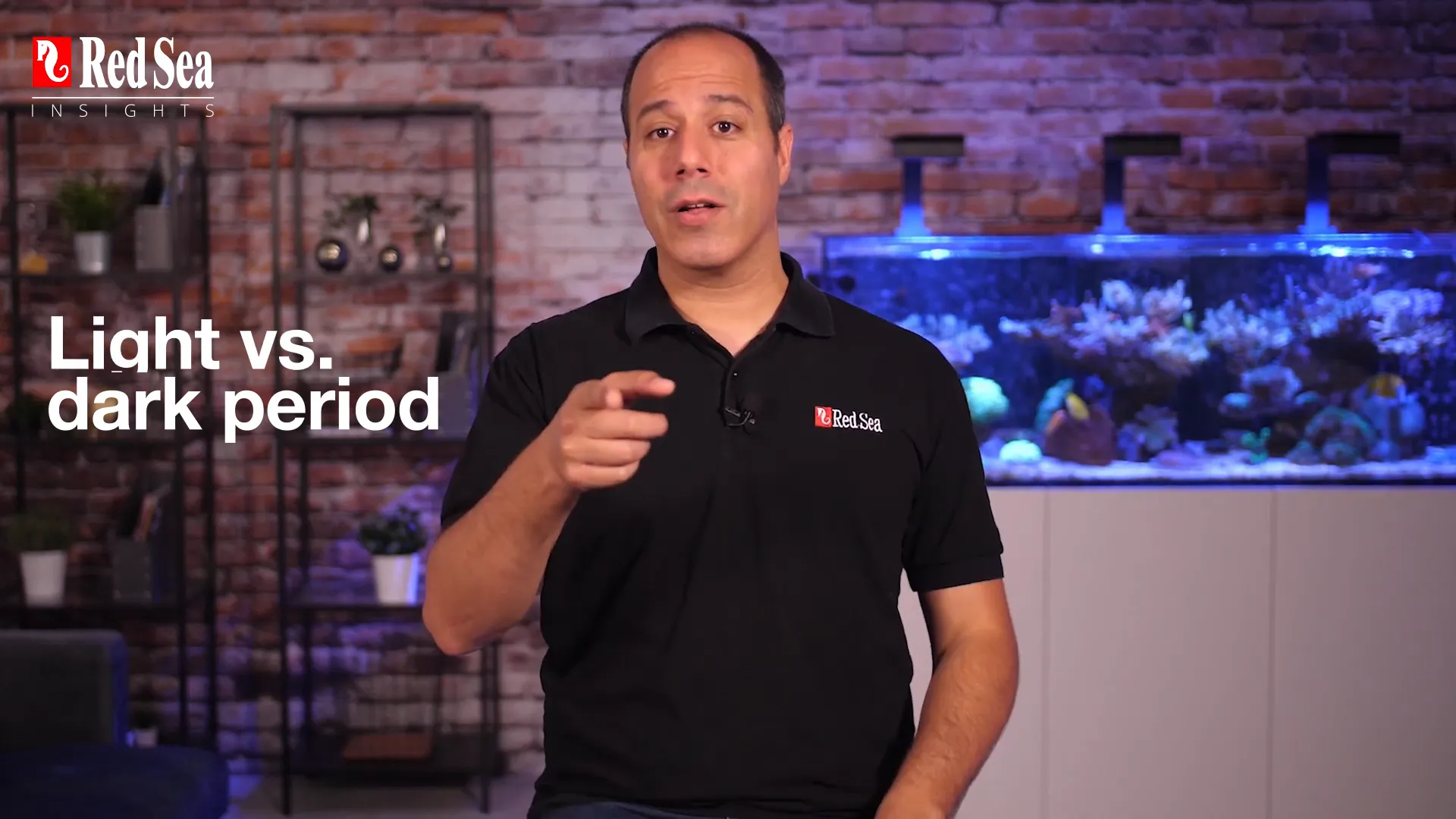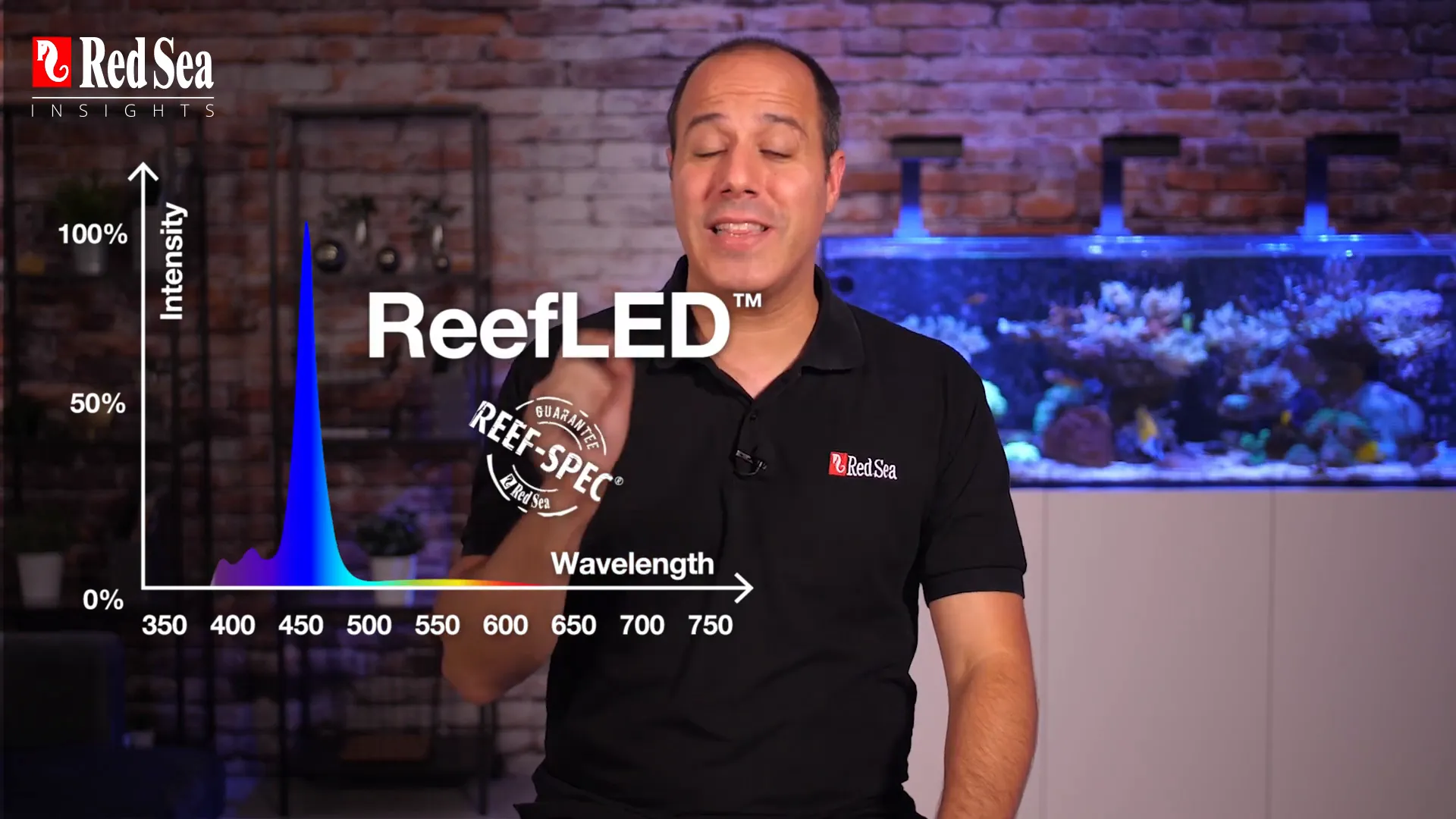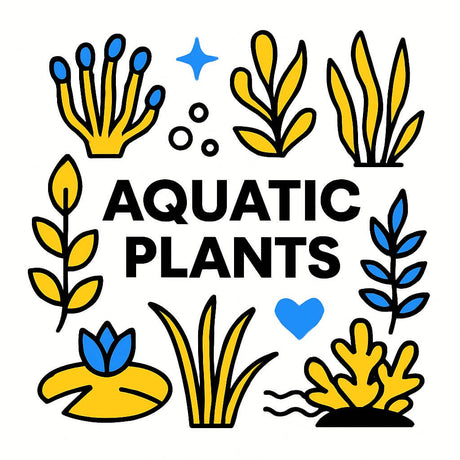Understanding the Reef Light Period: Balancing Light and Dark for Optimal Coral Health
Welcome to another deep dive into the fascinating world of reef aquariums. Today, we're exploring the intricate relationship between light intensity and photoperiod, a crucial aspect of reef keeping that directly impacts the health and vibrancy of your corals. By understanding the reef light period, you can ensure your corals are thriving in a balanced environment.
Table of Contents
- The Basics of Photoperiod and Light Intensity
- Recommended Reef Light Period Settings
- Consequences of Overexposure to Light
- Setting Up Your Aquarium Lighting
- Utilizing Red Sea's ReefLED Lighting
- FAQs
The Basics of Photoperiod and Light Intensity
Corals, like all photosynthetic organisms, rely heavily on light. However, there's a limit to how much light they can handle. This is where the concept of photoperiod— the duration of light exposure in a 24-hour cycle—comes into play. Striking the right balance between light and dark periods is essential for coral health.
Research reveals that corals require equal amounts of light and darkness to maintain optimal growth and coloration. Interestingly, light intensity and photoperiod are inversely proportional. This means if you increase one, you should decrease the other to maintain equilibrium.

Recommended Reef Light Period Settings
For a typical 24-hour cycle, it's beneficial to provide approximately 12 hours of light, maintaining an average Photosynthetically Usable Radiation (PUR) intensity between 100 to 450 micromoles. This should be followed by 12 hours of darkness to allow corals to release residual energy.
Moonlight also plays a role in the daily light energy and should be kept at low levels or included in the photoperiod calculations. By adhering to these guidelines, you can create an environment conducive to coral vitality.
Consequences of Overexposure to Light
While insufficient light can limit coral vitality, excessive light exposure can be equally detrimental. Overexposure can lead to the formation of free oxygen radicals and heat conversion, resulting in toxin accumulation within coral tissues.
Signs of overexposure include the retraction of polyps and soft tissue into the coral skeleton or paling of the tissue. These symptoms indicate photo inhibition, a self-protection mechanism of the corals. Fortunately, these effects are reversible if addressed promptly.

Setting Up Your Aquarium Lighting
If you don't have reef spec lighting, it's crucial to configure your aquarium lighting carefully to avoid photo inhibition. Here are some key points to consider:
- Ensure your light spectrum aligns closely with the coral's PUR spectrum.
- Avoid creating hotspots with intensities over 450 PUR at the water's surface.
- Follow the recommended photoperiod of about 12 hours of light and 12 hours of dark daily.
To enjoy your reef for longer periods, such as over the weekend, you can extend the photoperiod. However, remember to compensate by reducing the light intensity for a few hours during the day.
Utilizing Red Sea's ReefLED Lighting
Choosing Red Sea's ReefLEDs simplifies the process of setting up your aquarium lighting. These lights are designed following the spectrum and intensity guidelines discussed in this series, allowing you to focus on adjusting the photoperiod as needed.
The ReefLED 50, ReefLED 90, and ReefLED 160s offer various options to suit different tank sizes and coral needs. These lights come with the ReefBeat app, which alerts you if you're about to exceed safe lighting levels.

FAQs
What is the ideal reef light period?
A balanced reef light period consists of approximately 12 hours of light and 12 hours of darkness daily. This setup ensures optimal coral growth and coloration.
How does light intensity affect corals?
Light intensity is crucial for coral health. While too little light can limit growth, excessive light can cause photo inhibition, leading to tissue retraction and paling.
Can I extend the photoperiod without harming my corals?
Yes, you can extend the photoperiod, but it's important to reduce light intensity during the extended hours to prevent overexposure.
What are the benefits of using Red Sea's ReefLEDs?
Red Sea's ReefLEDs are designed with optimal spectrum and intensity, making it easier to maintain healthy lighting conditions. The ReefBeat app also provides alerts to prevent overexposure.
By understanding and implementing the right reef light period, you can create a thriving environment for your corals. Remember, balance is key—ensure your corals receive just the right amount of light and darkness to flourish. Happy reef keeping!

























